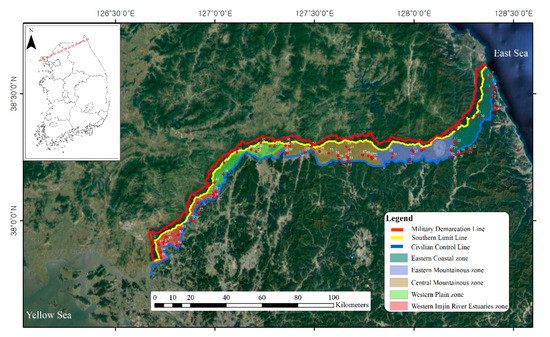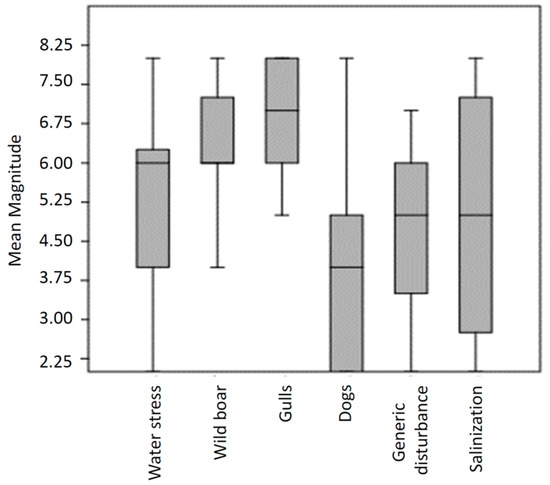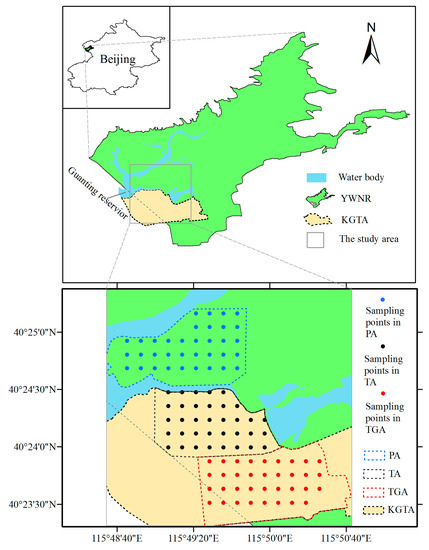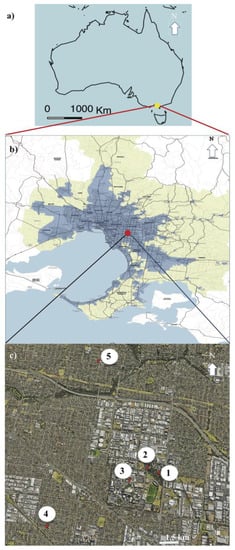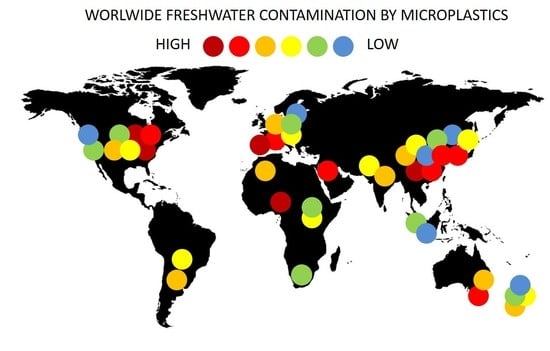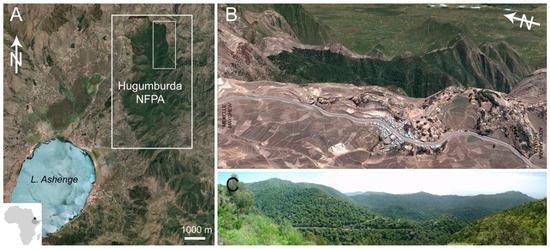Disturbance Ecology: A New Emerging Field in Basic/Applied Ecology and Conservation
A topical collection in Diversity (ISSN 1424-2818). This collection belongs to the section "Biodiversity Conservation".
Viewed by 38842Editors
Interests: quantitative ecology; biogeography; problem solving in wildlife management; wetland ecology and management; habitat fragmentation and ecological network planning
Special Issues, Collections and Topics in MDPI journals
Interests: community ecology; reptile biology and conservation; tropical reptile ecology; chelonian conservation; reptile population biology; reptile dietary habits and foraging ecology
Special Issues, Collections and Topics in MDPI journals
Topical Collection Information
Dear Colleagues,
The effects of human activities are evident everywhere around our planet. Together with the modifying agents of natural origin (‘disturbances’), our species has heavily shaped the natural ecosystems and landscapes through historical and recent processes (‘threats’) characterized by different spatial and time regimes. Therefore, both academic basic/applied ecologists and conservation practitioners managing species and habitats must necessarily obtain critical information on extent, duration, frequency, intensity, predictability of a large set of natural disturbances and, overall, of human-induced threats pressing on conservation targets (populations, communities, ecosystems, and processes). All these data will be useful to develop strategies following logical problem-solving procedures and decision making approaches.
Nonetheless, although disturbance ecology (as a basic discipline) and threat analysis (as an applied conservation science discipline) are proving to be very ‘hot’ emerging arenas rich in new conceptual tools and operational approaches, they are still relatively little used in conservation project management.
Moreover, due to the transversal aspect of these disciplines (disturbances and threats are chemical, physical, and biological events and could be classified following many criteria), many papers are dispersed in journals belonging to different (and often ‘distant’) disciplinary fields (basic ecology, vegetation science, risk analysis, environmental sciences, pollution, chemistry, conservation, environmental impact assessment, etc.), making it difficult to define a disciplinary arrangement and evaluation of its progress.
Hereby, we want to propose a collection of original peer-reviewed papers written by experts with a specific background on a wide range of topics related to disturbance ecology and threat analysis, in both temperate and tropical regions.
Dr. Corrado Battisti
Prof. Dr. Luca Luiselli
Guest Editors
Manuscript Submission Information
Manuscripts should be submitted online at www.mdpi.com by registering and logging in to this website. Once you are registered, click here to go to the submission form. Manuscripts can be submitted until the deadline. All submissions that pass pre-check are peer-reviewed. Accepted papers will be published continuously in the journal (as soon as accepted) and will be listed together on the collection website. Research articles, review articles as well as short communications are invited. For planned papers, a title and short abstract (about 100 words) can be sent to the Editorial Office for announcement on this website.
Submitted manuscripts should not have been published previously, nor be under consideration for publication elsewhere (except conference proceedings papers). All manuscripts are thoroughly refereed through a single-blind peer-review process. A guide for authors and other relevant information for submission of manuscripts is available on the Instructions for Authors page. Diversity is an international peer-reviewed open access monthly journal published by MDPI.
Please visit the Instructions for Authors page before submitting a manuscript. The Article Processing Charge (APC) for publication in this open access journal is 2100 CHF (Swiss Francs). Submitted papers should be well formatted and use good English. Authors may use MDPI's English editing service prior to publication or during author revisions.
Keywords
- Anthropogenic threats
- Disturbance
- Magnitude
- Impact
- Ecological targets







